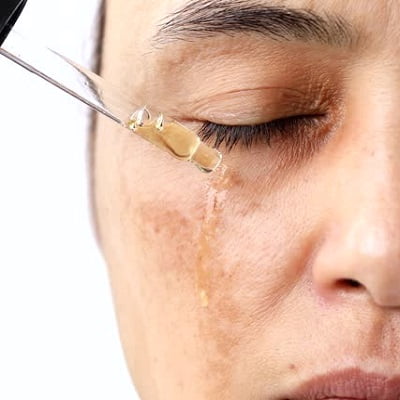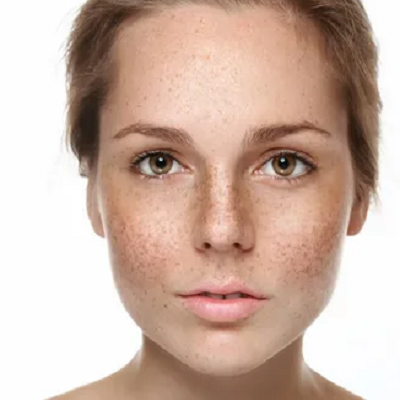
People like good skin and many things make it look nice or not. But sometimes, treatments for dark spots can stop perfect skin from happening. Too much melanin makes some skin parts darker. This is known as hyperpigmentation. Getting rid of dark spots needs a lot of work, no matter if they are from the sun, change in hormones, swelling or getting hurt.
This blog will give tips for treating hyperpigmentation to help you get the bright, even skin colour you want. Read the following details!
An Overview – Hyperpigmentation:
Before treating dark spots on your skin, you must learn about the different kinds of these spots and what causes them. The most common types of having too much colour in the skin are sunspots, melasma, and marks left after inflammation.
- Sunspots: Sunspots are also called solar freckles or age spots. They happen from staying too long in the sun’s powerful UV rays. These dark, flat spots often appear on areas that get sun, like the face, hands, shoulders and chest.
- Melasma: Melasma is often called the “pregnancy mask.” It shows up as brown or grey-brown spots on your face. Changing hormone levels, like those during pregnancy or while on birth control pills, can cause melasma.
- Post-Inflammatory Hyperpigmentation: This kind of skin darkening happens when your skin gets hurt or irritated. Problems like pimples, rashes or cuts can make dark spots on the skin even after they have improved.
Treatment Tips for Hyperpigmentation:
Chemical Peels:
They use a chemical liquid on the skin to make it shed layers and eventually come off. This method can really help to lessen dark patches on the skin by taking off the top part, and showing new and lighter skin beneath. Glycolic acid, salicylic acid and lactic acid are often used in chemical peels.
Laser Therapy:
This treatment uses a strong light to break down extra skin colouring and help make the skin look fresh again. Different types of lasers, like fractional lasers or intense pulsed light (IPL), may be suggested by skin doctors depending on how bad the hyperpigmentation is. These are recommended for treating this condition according to its severity. Laser treatment works well, but it should be done by skilled people.
Retinoids for Cellular Renewal:
Retinoids, which come from vitamin A, are famous for increasing cell growth. Retinoids help speed up the dropping of old coloured skin cells and make new ones grow. They can greatly improve how hyperpigmentation looks. But, we should begin with a lower strength and slowly make it stronger to avoid getting irritated.
Microneedling:
It’s about using small pins to make little hurts in the skin on purpose. Doing this increases collagen-making and helps skin treatments work better, making it a useful choice for fixing dark spots. When you mix microneedling with serums that make your skin brighter, it can really work well.
Consult with a Dermatologist:
Each person’s skin is different; what helps one might not help another. At SKN Cosmetic Clinic in Islamabad, talking with a skin doctor is very important. They help make a unique plan for treating dark spots or patches on the skin called hyperpigmentation. A skin doctor can check your skin type, find out why you’re getting dark spots and suggest the best ways to help.
All Summed Up!
Getting perfect skin with dark spots needs a many-sided plan. From careful sun protection and cream treatments to big choices like chemical peels and laser help, there are many ways to try.
The main thing is to learn what your skin needs, be patient with the process and get help from experts. Add these tips to your skincare routine and start moving towards glowing, equal-colour skin that makes you feel good about yourself and brings out the best in your natural looks.



